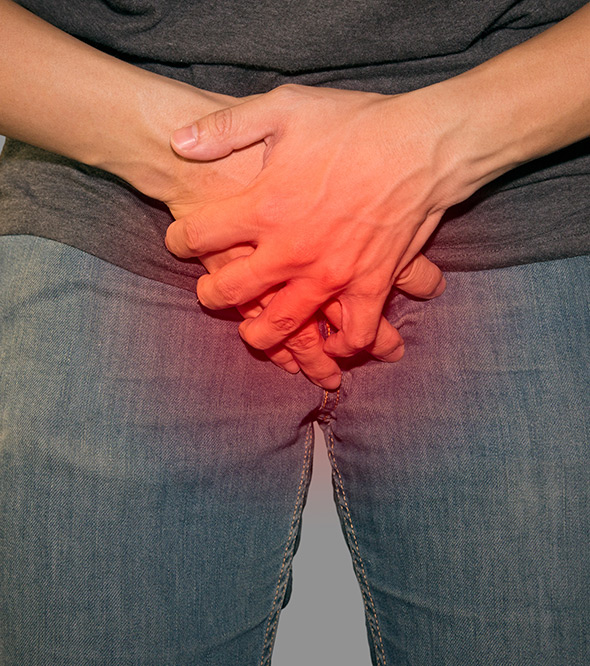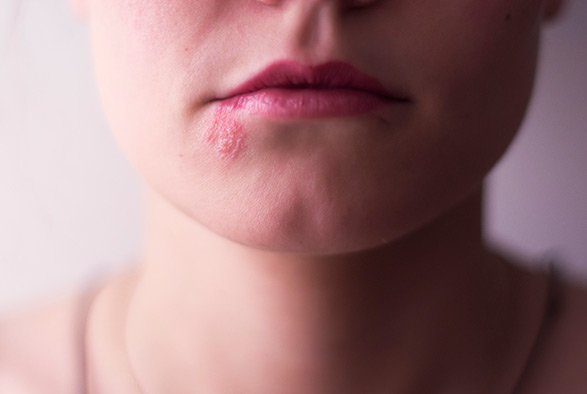Specialized STD Services in NY, NJ & CT
What Are STDs?
Nobody welcomes the idea of having a sexually transmitted disease, but if you or a loved one becomes infected you can visit one of our board-certified dermatologists for help. Dermatologists are extremely well-versed in STD care and they have particular expertise in its skin effects, which can be pervasive.


Types of STDs
AIDS (Acquired Immunodeficiency Syndrome):
The HIV virus is known for making people susceptible to a number of infections including conditions related to the skin which can consist of rashes, sores and lesions. Many times these skin conditions are one of the earliest signs of HIV presence in the body. The skin conditions generally fall under one of these sections: generalized dermatitis, bacterial, fungal, viral and parasitic infections, or skin tumors.
Generalized dermatitis:
Xerosis, also known as dry skin – See our page for more information
Atopic Dermatitis, commonly referred to as Eczema – See our page for more information
Prurigo Nodularis – A common condition with those suffering from weak immune system. It typically looks like lumps on the skin resembling scabs.
Eosinophillic Folliculitis – This is generally found in later stages of the disease, it results in itchy red bumps in the hair follicles in the upper body.
Infections:
Herpes Zoster – This viral infection can lead to shingles commonly characterized by painful skin rashes and bumps.
Molluscum Contagiosum – This particular viral skin infection is highly contagious. You will commonly see flesh-toned or pink bumps on the skin. There are several treatment options including freezing with liquid nitrogen, topical treatments or laser removal.
Oral Hairy Leukoplakia – Thick white lesions can be found on the tongue. Treatment requires continuous antiretroviral treatments.
Thrush – This also results in white formations on the tongue, in this case instead of lesions a person will have a thick white layer across the tongue. Patients can consider trying antifungal medications.
Bacterial Vaginosis – Generally all women have bacteria in the vaginal area, some good and some bad – in most cases the good bacteria outweighs the bad. When there is an increase in bad bacteria a mild infection can occur. Bacterial vaginosis usually goes away in a few days, but it is important to seek professional help.
Bowenoid Papulosis – This particular condition is an indication of cancer. A person may see either red brown or flesh colored single or multiple patches in the genital areas. Some genital cancers and HPV have been linked to Bowenoid Papulosis. In many cases, however, the patches are benign, but it is still extremely important to see a physician.
Chancroid – A sexually transmitted infection caused by bacteria. One or more red lumps will appear in the genital area about a week after sexual intercourse, if in fact you are infected. These lumps become inflamed and pus-filled leading to painful ulcers.


Genital Ulcers – Different sex-related conditions lead to genital ulcers including: Syphilis, Chancroid, Chlamydia and more. Listed below are some the symptoms related to genital ulcers.
- Open ulcers or cuts (discontinuity of skin or mucous membrane
- Pain that may or may not be associated with burning sensation
- Abnormal discharge (may have a foul smell)
- Itching
- Blister formation
- Dryness of vagina
- Dysuria – pain during urination
- Lesion or rash at the opening of the vagina or penis
- Dyspareunia – pain during intercourse
Genital Warts– As the name suggests this condition results in warts appearing in the genital area. The warts are directly associated to the human papillomavirus (HPV). There are over 100 types of HPV, but only a few result in genital warts. The warts appear in different sizes and quantities, so it is important to seek consult from a dermatologist if you notice any growths in the genital area.
Gonorrhea – There are two types of gonorrhea: localized and widespread/disseminated gonococcal infection. Dermatologists are more concerned with widespread gonorrhea as skin rash is one of the common symptom for patients. Generally small papules that eventually turn into pustules form on chest, arms, legs, palms and soles of the feet. The rash tends to avoid the face, scalp and mouth.
Granuloma inguinale – Is a sexually transmitted infection (STI) caused by bacteria. Raised nodules form on the genital and anus areas, in time these lesions become large ulcers. The appearance of granuloma inguinale can be confused with other sexually transmitted conditions, so it is important to see a dermatologist to diagnosis and treat correctly.
Herpes Type 2 Primary – Results in genital herpes after sexual activity occurs. For about 2-3 weeks people can experience redness, ulcers, swelling and painful vesicles – if they are not being treated. For men, herpes forms on the shaft, foreskin and glans of the penis. For women herpes forms on the vulva and inside the vagina.
Herpes Type 2 Recurrent – With type 2 herpes especially recurrent infections are common. Herpes can form on any part of the body but is usually localized to the genitals or buttocks. Generally clusters of vesicles (with a red base) form on the body and are accompanied by itching or burning. In some cases people have seen white patches or scars at the recurrent site, this is more noticeable on people of color.


Lymphogranuloma Venereum (LGV) – Is a sexually transmitted infection caused by the bacteria Chlamydia trachomatis. The spread of contact comes from direct skin to skin contact with the areas infected with the bacteria. LGV is sometimes hard to detect as the initial symptoms tend to heal within a short period and at times are misdiagnosed as another type of STI. According to DERMNET NZ there are three stages to LGV:
Stage 1:
- Small painless papule appears.
- Ulcerates, heals and disappears within a few days and may go unnoticed.
Stage 2:
- Most male patients present during this stage
- About 2-6 weeks after the 1st stage painful and swollen lymph glands (buboes) develop on one (most common) or both sides of the groin.
- Women may present with lower abdominal or back pain (deep pelvic node involvement).
- Other symptoms include malaise, fever, chills, joint and muscular pain and vomiting.
Stage 3:
- Most female patients present during this stage with fever, pain, itch, pain on passing stools and urinating, and pus-filled or bloody diarrhoea.
- Chronic inflammation may lead to abscesses, fistulas, lymphatic obstruction, rectal strictures and proctocolitis.
- Chronic infection may result in severe scarring causing major deformation of the genitals.


Pearly Penile Papules – Small skin-colored bumps generally found around the head of the penis. Sexual activity or lack of hygiene are the major causes of pearly penile papules. The main thing to note is that they are not infectious or spreadable like some of the other conditions like genital warts. Seeking consult from a dermatologist will be the best way to determine if you have pearly penile papules or another condition.
Syphilis – A sexually transmitted infection from the bacteria Treponema pallidum that can be transmitted person-to-person during sexual activity, including oral and anal sex. Chancre sores, usually painless, form near the genitals, anus or mouth – this is considered primary syphilis. Some of these sores may form inside the vagina or anus making it hard for people to detect. Sores will go away within a few weeks with or without treatment but this does not mean you should waive seeing a physician. Secondary syphilis on the other hand is not localized to the genital, anus, or mouth, it is typically characterized by a widespread rash on the body. Seek medical assistance in treating any stage of syphilis.
Contact our offices if you would like to make an appointment regarding the conditions mentioned above. We have locations in Queens, Brooklyn, Manhattan, Long Island, and Westchester in New York and Ridgewood and Summit in New Jersey.
